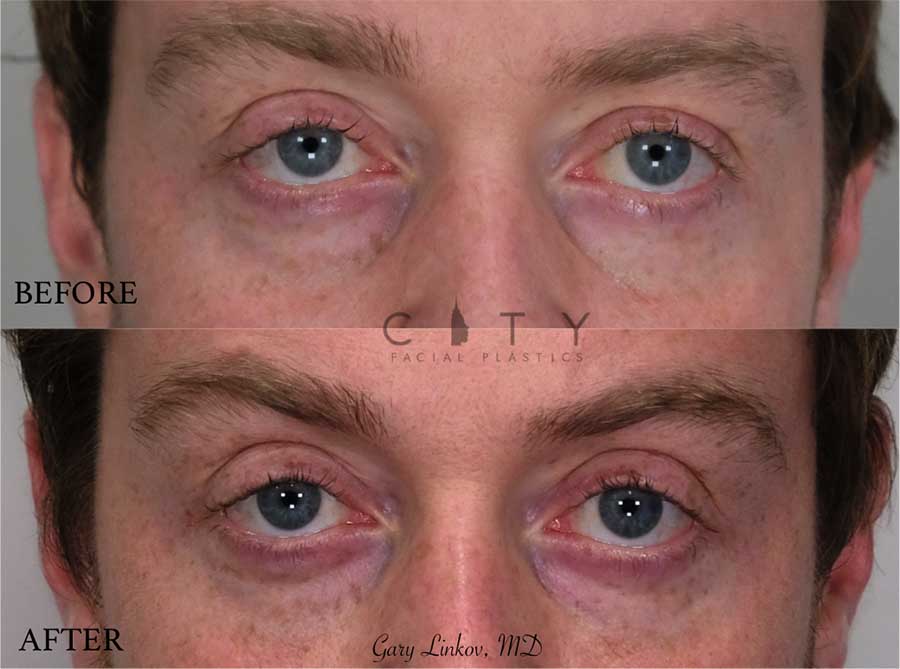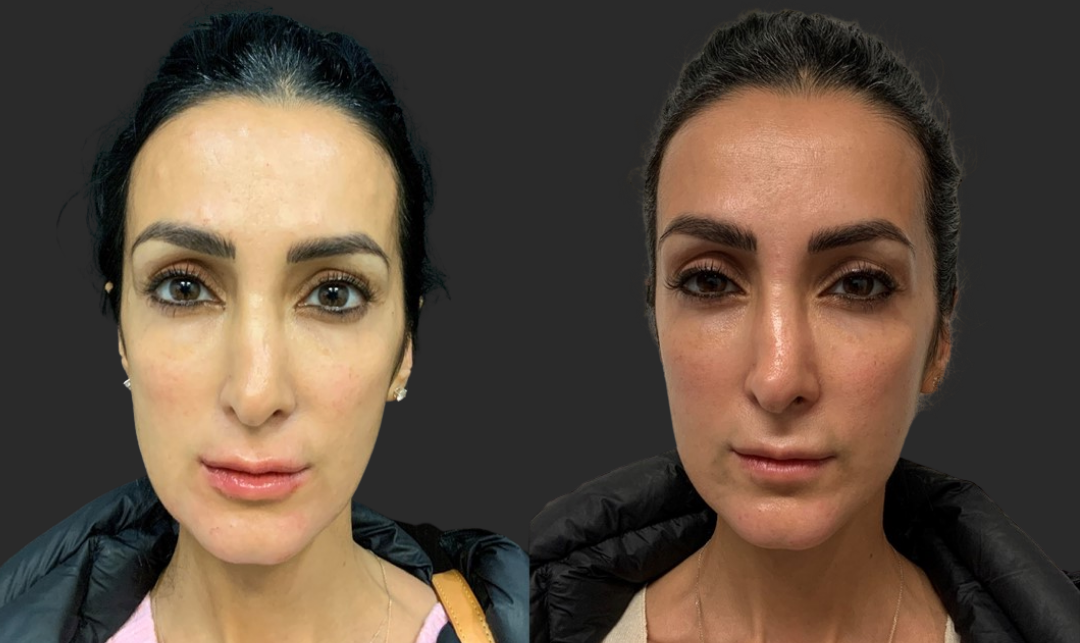Tear through filler in The Hague represents a groundbreaking concept aimed at transforming urban landscapes into sustainable and eco-friendly environments. This innovative approach is reshaping the way cities tackle environmental challenges while promoting economic growth. If you're curious about how The Hague is leading the charge in urban sustainability, this article will provide an in-depth exploration of the concept, its benefits, and its global implications.
In an era where climate change and resource scarcity dominate global discussions, cities are under increasing pressure to adopt sustainable practices. Tear through filler, a term coined to describe The Hague's unique strategy, is revolutionizing urban development by integrating environmental considerations into every aspect of city planning. This method not only addresses current ecological concerns but also prepares cities for future challenges.
This article delves into the intricacies of tear through filler, exploring its origins, applications, and potential for replication in other urban areas. By understanding the principles behind this innovative approach, readers will gain valuable insights into how cities can balance growth with sustainability, creating thriving environments for generations to come.
Read also:Big Krits Musical Journey A Deep Dive Into Big Krit Wuz Here Hip Hop 101
Table of Contents
- What is Tear Through Filler?
- The Hague: A Sustainable Model
- Benefits of Tear Through Filler
- Key Components of the Approach
- Environmental Impact
- Economic Advantages
- Challenges and Solutions
- Global Relevance
- Case Studies: Success Stories in The Hague
- Future Potential and Innovations
What is Tear Through Filler?
Tear through filler refers to a comprehensive urban development strategy that prioritizes sustainability, efficiency, and environmental responsibility. At its core, this approach involves the integration of green spaces, renewable energy solutions, and waste reduction techniques into urban planning. The Hague has emerged as a pioneer in this field, implementing tear through filler strategies that have transformed its urban landscape.
This innovative method addresses the pressing need for cities to reduce their carbon footprints while accommodating growing populations. By incorporating sustainable practices into every stage of development, tear through filler ensures that urban areas remain livable, functional, and environmentally friendly.
Origins of the Concept
The concept of tear through filler originated in response to increasing urbanization and environmental degradation. Cities like The Hague recognized the need for a paradigm shift in urban planning, leading to the development of this holistic approach. The strategy draws inspiration from global best practices while tailoring solutions to local needs and conditions.
The Hague: A Sustainable Model
The Hague has become a beacon of sustainable urban development, thanks to its commitment to tear through filler principles. The city's leadership has embraced innovative solutions, such as green roofing, solar panel installations, and advanced waste management systems. These initiatives have not only improved the city's environmental performance but also enhanced the quality of life for its residents.
Data and Statistics
- Over 30% of The Hague's energy consumption now comes from renewable sources.
- The city has reduced its carbon emissions by 25% in the past decade.
- More than 500 green roofs have been installed across the city.
Benefits of Tear Through Filler
Tear through filler offers numerous advantages for cities and their inhabitants. By prioritizing sustainability, this approach enhances environmental quality, promotes economic growth, and improves social well-being. Below are some of the key benefits of implementing tear through filler strategies:
Environmental Benefits
- Reduction in greenhouse gas emissions.
- Improved air and water quality.
- Conservation of natural resources.
Economic Benefits
- Creation of green jobs and new business opportunities.
- Lower operational costs through energy efficiency.
- Increased property values due to sustainable features.
Key Components of the Approach
Tear through filler encompasses several essential components that work together to achieve sustainable urban development. These include:
Read also:Kat Timpf Date Of Birth A Comprehensive Look Into The Life And Career Of The Prominent Political Commentator
- Green infrastructure, such as parks and green roofs.
- Renewable energy systems, like solar and wind power.
- Advanced waste management practices.
- Smart city technologies for efficient resource use.
Environmental Impact
The environmental impact of tear through filler is significant, as it addresses some of the most pressing ecological challenges facing urban areas today. By reducing reliance on fossil fuels, minimizing waste, and promoting biodiversity, this approach helps cities mitigate the effects of climate change and protect natural ecosystems.
Case Study: Water Management in The Hague
The Hague has implemented innovative water management systems as part of its tear through filler strategy. These systems include rainwater harvesting, permeable pavements, and wetland restoration. As a result, the city has successfully reduced flooding risks and improved water quality, setting a precedent for other urban areas.
Economic Advantages
In addition to its environmental benefits, tear through filler also provides substantial economic advantages. Cities that adopt this approach often experience increased investment, job creation, and economic growth. Moreover, the long-term savings from reduced energy consumption and waste management costs make tear through filler a financially viable option for urban development.
Investment Opportunities
- Green building projects attract significant investment.
- Renewable energy initiatives create new markets.
- Smart city technologies drive innovation and entrepreneurship.
Challenges and Solutions
While tear through filler offers numerous benefits, its implementation is not without challenges. Cities must address issues such as high initial costs, regulatory hurdles, and public resistance to change. However, these obstacles can be overcome through strategic planning, government support, and community engagement.
Potential Solutions
- Government incentives for sustainable development projects.
- Public awareness campaigns to educate citizens about the benefits of tear through filler.
- Partnerships with private sector stakeholders to share costs and expertise.
Global Relevance
The principles of tear through filler have global relevance, as they can be adapted to suit the unique needs and conditions of different cities. By sharing best practices and lessons learned, urban areas around the world can benefit from The Hague's experience and expertise in sustainable development.
International Cooperation
Global collaboration is essential for advancing tear through filler strategies. Cities can work together to develop innovative solutions, share resources, and promote sustainable urban development on a global scale. The Hague's leadership in this area serves as an inspiration for cities worldwide.
Case Studies: Success Stories in The Hague
The Hague has achieved remarkable success through its implementation of tear through filler strategies. Below are some notable case studies that highlight the effectiveness of this approach:
Green Roofs Initiative
The Green Roofs Initiative in The Hague has transformed the city's skyline by converting rooftops into vibrant green spaces. This project not only enhances urban biodiversity but also provides insulation, reduces stormwater runoff, and improves air quality.
Solar Panel Installations
The widespread adoption of solar panels in The Hague has significantly reduced the city's reliance on fossil fuels. These installations have been integrated into both residential and commercial buildings, contributing to the city's renewable energy goals.
Future Potential and Innovations
The future of tear through filler holds immense potential for further innovation and expansion. As technology advances and new solutions emerge, cities can continue to refine and enhance their sustainable development strategies. The Hague's commitment to this approach ensures that it will remain at the forefront of urban sustainability for years to come.
Emerging Technologies
- Smart grid systems for optimized energy distribution.
- Advanced recycling technologies for waste reduction.
- Urban farming initiatives to promote local food production.
Kesimpulan
Tear through filler represents a transformative approach to urban development that prioritizes sustainability, efficiency, and environmental responsibility. Through its implementation in The Hague, this strategy has demonstrated its potential to create thriving, eco-friendly cities that meet the needs of both current and future generations.
We encourage readers to explore the possibilities of tear through filler in their own communities and to share their insights and experiences. By working together, we can create a more sustainable and resilient urban future. Leave a comment below to share your thoughts, and don't forget to check out other articles on our site for more information on sustainable development and urban innovation.

